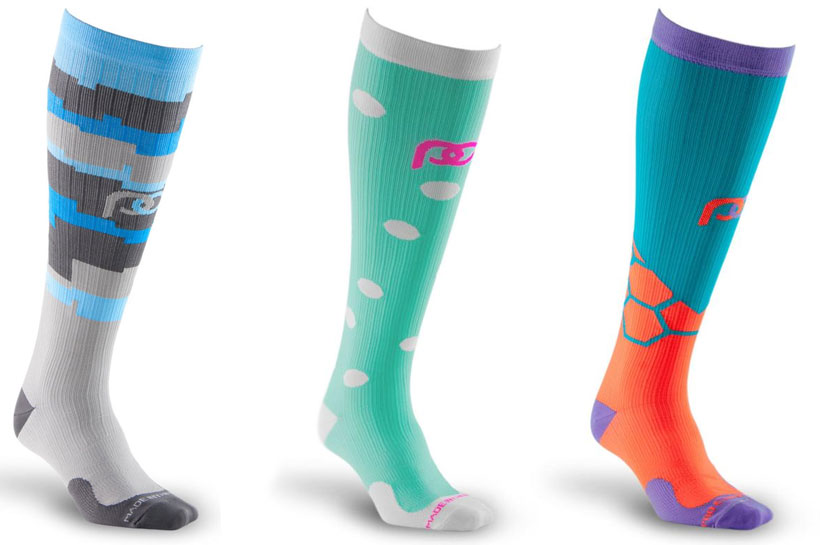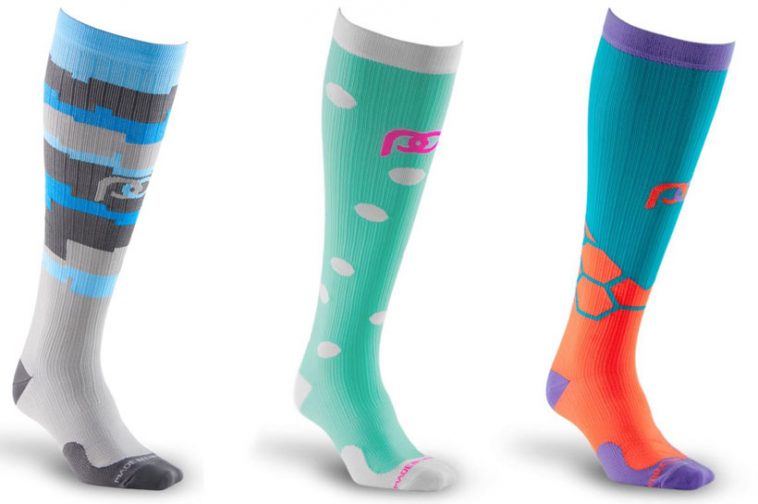- Like
- SHARE
- Digg
- Del
- Tumblr
- VKontakte
- Flattr
- Buffer
- Love This
- Save
- Odnoklassniki
- Meneame
- Blogger
- Amazon
- Yahoo Mail
- Gmail
- AOL
- Newsvine
- HackerNews
- Evernote
- MySpace
- Mail.ru
- Viadeo
- Line
- Comments
- Yummly
- SMS
- Viber
- Telegram
- JOIN
- Skype
- Facebook Messenger
- Kakao
- LiveJournal
- Yammer
- Edgar
- Fintel
- Mix
- Instapaper
- Copy Link
Six Ways Compression Wear Helps Prevent Injury

If you’re in the business of working out regularly, then you’ll know just how vital it is to avoid injury.
Injuries can not only cause pain and discomfort, and interfere with the rest of your life, but they can also impede your progress on achieving your fitness goals.
For that reason, taking any steps you can to reduce the chance of getting hurt is a wise move.
Compression gear is the first place to look.
This innovative clothing technology works by improving the flow of blood to the muscles, which has all sorts of knock-on benefits.
This article will explore the basics of compression gear – and explain how you can reduce the risk of being hit by an injury by using it.
#1. Improved oxygen flow
One of the primary reasons why athletes invest in compression wear is because of the way that it improves the flow of oxygen around the body. The main benefit of increased oxygen is the obvious one: heavy breathing and panting are common signs of a good workout, and by improving the flow of oxygen, this sort of phenomenon is less likely to hold you back. However, well-flowing oxygen is also good for other reasons. Muscles are likely to perform better when they have oxygen flowing to them, decreasing the rate of anaerobic respiration, which in turn means that you can push yourself further without raising the risk that you will suffer a serious injury!
#2. Reduced muscle soreness
For many athletes, the main risk to their prowess is loss of time. Time is vital for practicing and competing – and without it, an athlete can fall behind their competitors. By investing in compression wear, though, they can reduce the chances of experiencing sore muscles after a workout – and can instead find themselves able to recover more quickly. It also has the added benefit of reducing the amount of pain caused to the athlete, and helping them to stay on track mentally.
This sort of physical benefit doesn’t have to come at the expense of style, either. As the Facebook page for Tommie Copper shows, there are more and more style options available when it comes to compression clothing. From sleek anthracite grey to traditional black, you’ll be able to find discreet and neutral colors that help you feel great as you reap the physical benefits.
#3. Serious illness prevention
In some rare cases, athletes who work out on a regular basis can actually end up exposing themselves to serious injuries – including ones as serious blood clots. Even though this is traditionally associated with people who have more sedentary lifestyles, nobody is immune – and other lifestyle factors can mean that even athletes experience this. By ensuring that blood flows around the body more regularly and with greater certainty, compression clothing can reduce the changes of this happening, and hence ensure that the athlete preserves both their prowess and their core good health.
#4. Preserving energy
It’s also the case that your energy levels can be preserved if you use compression wear. This is because your muscles are much more tightly wound together when you wear it: this in turn has the consequence of reducing the amount of vibration when you enact your chosen exercise plan. You then use less energy, meaning that it’s a win-win situation.
From an injury avoidance point of view, having better energy levels is essential. It means that you will be able to recover faster if you do come into contact with an injury. It also means that you are less likely to succumb to the curse of fatigue, which has often been a problem for those athletes who are pushing themselves as hard as they can go. With compression wear on side, you’re much less likely to experience this sort of issue.
#5. Better stability
When your muscles are tightly bound together in this way, you’re also more likely to preserve your balance. For those who are doing exercise or competing in a sport that requires the use of the legs, this is vital: it means that you can reduce the chances of falling over and causing yourself to break a bone, smash your head or similar. This kind of stability can be achieved in other ways, of course, and compression gear isn’t the only way to do it. However, it’s certainly a useful item to have if you’re looking to prevent a broken bone, or similar – so don’t overlook it.
#6. Psychological effects
It’s hard to believe that an item as simple as a pair of compression shorts could cause psychological benefits, but according to a study published three years ago in the well-respected journal Sports Medicine, it’s actually the case that wearing compression gear can have knock-on mental effects. Those who wear compression gear are likely to find that they have what is known as ‘lower perceived exertion’: this refers to the amount of effort that a person thinks they are putting into a workout, rather than how much they actually are. If you perceive yourself to be doing less than you think, then you’re likely to find the stamina to go on further. While this may not combat a specific physical injury, it can certainly combat the ‘mental injury’ that is fatigue and tiredness.
The Bottom Line
Compression wear is a favorite of many athletes, and it’s easy to see why. It often acts as a first line of defense against injury, and this makes it a perfect investment in yourself. Everything from broken bones to blood clots are less likely thanks to this cleverly designed type of garment – and what’s more, they are also stylish. As this article has shown, it has advantages as diverse as reducing muscle soreness and improving your psychological health – meaning that it’s likely to remain a viable and attractive option for athletes for years to come.
About Shannon Clark
Shannon holds a degree in Exercise Science and is a certified personal trainer and fitness writer with over 10 years of industry experience.

